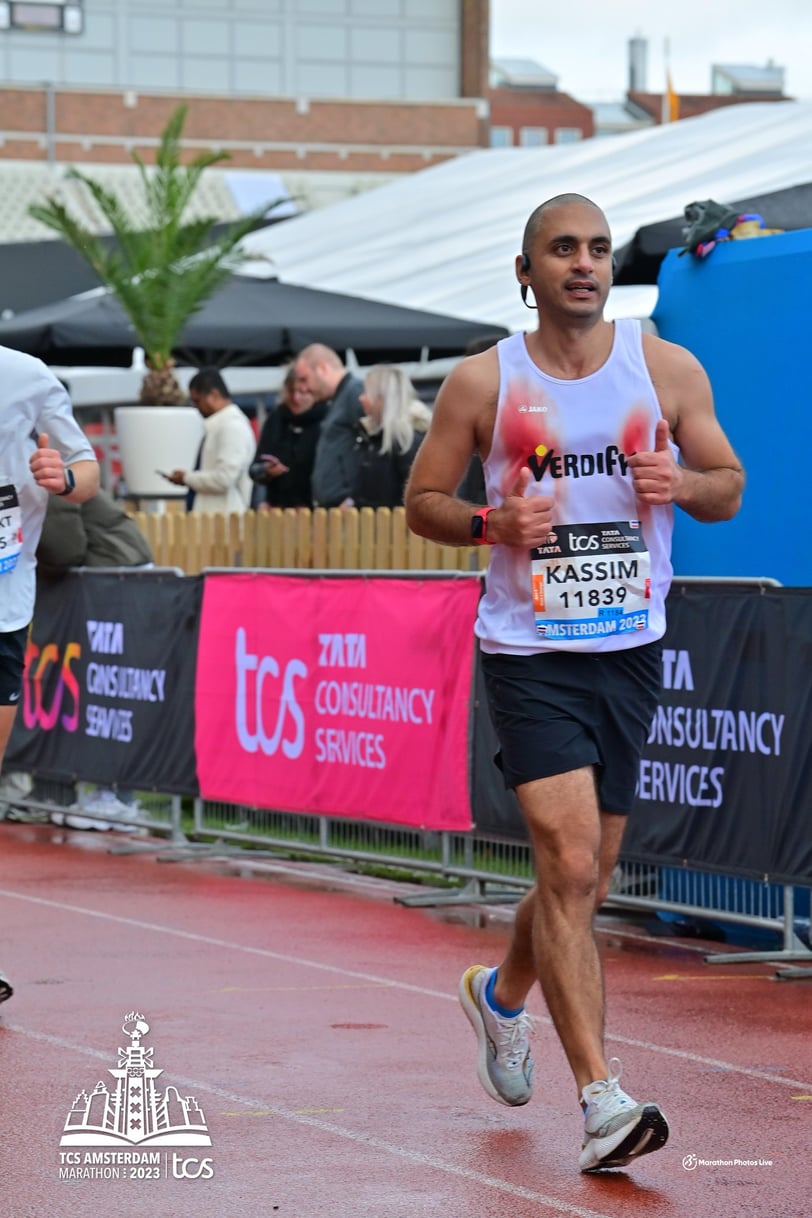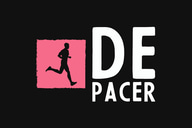Nipple Chafing in Male Runners: Causes, Prevention, and Treatment
Blog post description.
4/17/20253 min read


Yes, take a closer look at the image, that's all blood, so here are my tips that I learned during running;
Whether you're training for your first 10K or grinding out the final miles of a marathon, few things can ruin a great run faster than nipple chafing. It’s painful, frustrating, and often preventable—yet many male runners experience it at some point. In this guide, we’ll break down everything you need to know about nipple chafing in men, including why it happens, how to stop it before it starts, and what to do if it's already bothering you.
What Is Nipple Chafing?
Nipple chafing—often humorously dubbed “runner’s nipple”—is the result of repetitive friction between the nipples and your shirt. Over time, especially during long runs or in wet weather, that friction can cause irritation, raw skin, and even bleeding.
Who Gets Nipple Chafing?
Although anyone can experience it, male runners are especially prone because they typically run without a supportive sports bra, which helps reduce fabric contact in women. Factors that increase your risk include:
Long-distance running (especially over 10 km)
Loose or rough-textured shirts
Wet clothing from sweat or rain
Cold weather (when nipples are more erect and exposed)
Lack of lubrication or skin barrier
Symptoms of Nipple Chafing
Burning or stinging during or after your run
Redness and raw skin around the nipple area
Scabbing or crusting
Blood-stained shirts (often visible as twin dots)
Left untreated, it can become painful enough to affect your stride, posture, and training consistency.
How to Prevent Nipple Chafing
prevention is the best medicine—so here’s what works best:
1. Wear the Right Shirt
Opt for technical, moisture-wicking fabrics like polyester or nylon. Avoid cotton at all costs—it absorbs sweat, becomes heavy, and increases friction. A snug fit is better than loose, flappy shirts.
2. Apply Anti-Chafing Products
Use petroleum jelly, Body Glide, or specialized anti-chafing balms before every long run. Apply a generous amount directly to your nipples and around the area for full coverage.
3. Use Nipple Guards or Tape
Products like nipple covers (e.g., NipEAZE) or kinesiology tape offer a protective barrier between skin and shirt. Just make sure they’re sweatproof and apply them to dry, clean skin.
4. Trim Body Hair Carefully
If you have chest hair, chafing can worsen when hair pulls under tape or during sweaty runs. Trim (don’t shave) if needed to reduce friction without causing new irritation.
5. Plan for the Weather
If rain is in the forecast, wear a tight base layer or compression shirt to minimize rubbing from wet fabric. In cold weather, use layering to avoid direct friction from outer shells.
What To Do If You’re Already Chafed
Accidents happen—even to experienced runners. Here’s how to treat chafed nipples:
1. Clean Gently
Use warm water and a mild, fragrance-free cleanser. Avoid scrubbing—it’ll only worsen irritation.
2. Apply a Healing Ointment
Use antibacterial ointments like Neosporin if the skin is broken, or soothing products like Aquaphor, CeraVe Healing Ointment, or aloe vera gel.
3. Let Skin Breathe
Go shirtless at home or wear soft, breathable cotton while healing. Avoid reapplying tape or going for long runs until the skin has healed completely.
4. Manage Pain
If needed, take acetaminophen or ibuprofen to reduce inflammation and discomfort.
Bonus Tips from the Trail
As someone who’s helped hundreds of runners prep for races, here's what elite and everyday runners do to stay chafe-free:
Tape Every Time: Many marathoners use medical tape even on short runs just to stay safe.
Test Gear on Long Runs: Don’t wear new shirts or gear on race day—practice in advance to see how your skin reacts.
Carry Extras: In ultra or trail races, bring backup tape or balm in your drop bag or vest.
When to See a Doctor
If your nipples are:
Bleeding heavily
Showing signs of infection (pus, increased redness, warmth)
Not healing after 3–4 days of rest
…it’s time to consult a medical professional.
Final Thoughts: Run Smart, Run Comfortable
Chafing doesn’t have to be a rite of passage. With the right gear, preparation, and a bit of self-care, nipple chafing in men is completely preventable. Treat your skin like the vital organ it is—protect it, respect it, and it’ll carry you through every mile, pain-free.

